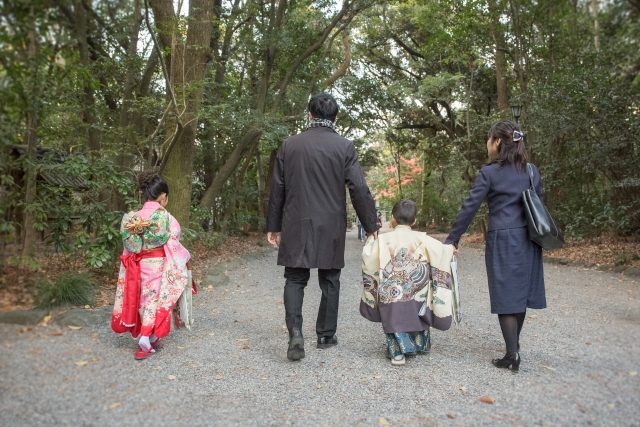Shichi-Go-San, First Shrine Visit, and Other Traditional Rites of Passage in Japan
In Japan, it is customary to visit Buddhist temples or Shinto shrines and offer prayers during various stages of life — from birth to death. Many of these traditional rites of passage are rooted in Japan’s spiritual heritage, influenced by both Buddhism and Shintoism. Historically, these customs were practiced by imperial and aristocratic families, then spread to the samurai class, and eventually became part of everyday life, evolving in style and meaning along the way.
1. Before and After Birth
(1) 安産祈願 (Anzan Kigan) – Praying for a Safe Delivery
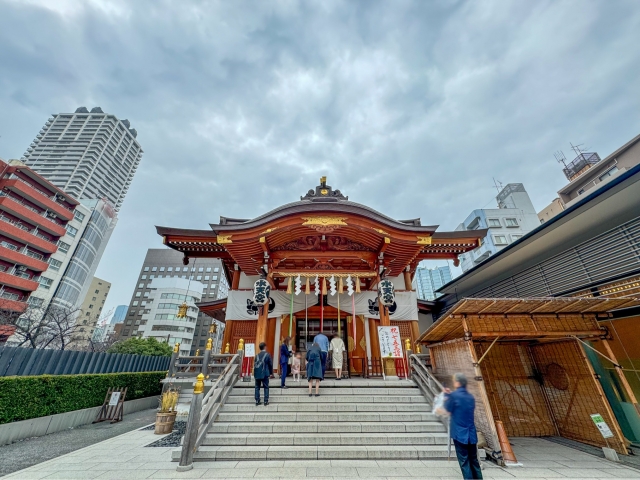
Pregnancy is both a joyful and anxious time, especially for expectant mothers. It is a common tradition for couples to visit a shrine or temple during pregnancy to pray for a safe and smooth delivery. At this time, they usually receive a protective charm (omamori) for the mother and baby. The mother often keeps this charm close as a symbol of hope and protection.
(2) 初参り (Hatsumairi) – The First Shrine Visit
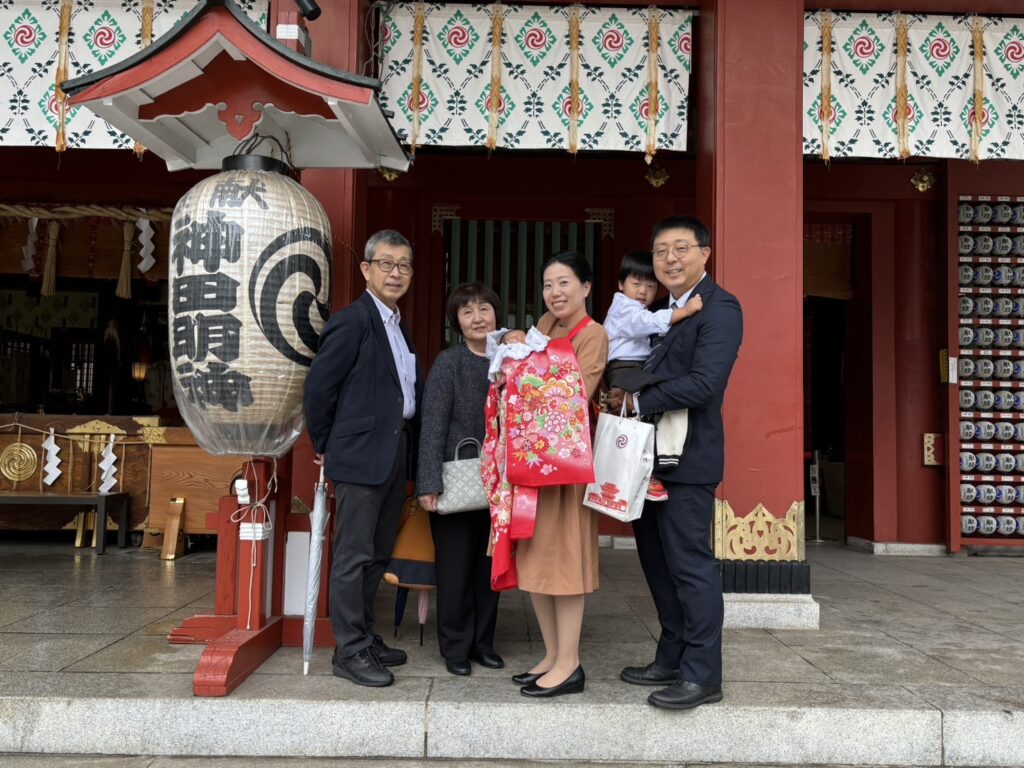
This is the baby’s first visit to a shrine or temple, typically held around the 30th day after birth (31st day for boys, 32nd for girls, though the exact day is flexible). The ritual dates back to the Kamakura period (12th–13th century), when infant mortality rates were high, and families expressed gratitude for their baby’s safe birth while praying for good health and growth.
At the shrine, you may see babies dressed in traditional white swaddling cloths with ceremonial kimono jackets, accompanied by their parents and grandparents.
(3) お食い初め (Okuizome) – The First Meal Ceremony

Around the 100th day after birth, families hold a symbolic “first meal” ceremony, praying for the child to never suffer from hunger and to grow up healthy. Although the baby does not actually eat, they mimic the act of eating from a ceremonial meal called iwai-zen, which includes dishes such as red sea bream (a symbol of good fortune and longevity) and a small stone (hagata-me ishi) used to wish for strong teeth.
This ritual traces back to the Heian period (9th–12th century), when noble families offered similar prayers at shrines and temples. Today, it’s commonly celebrated at home or restaurants with family members.
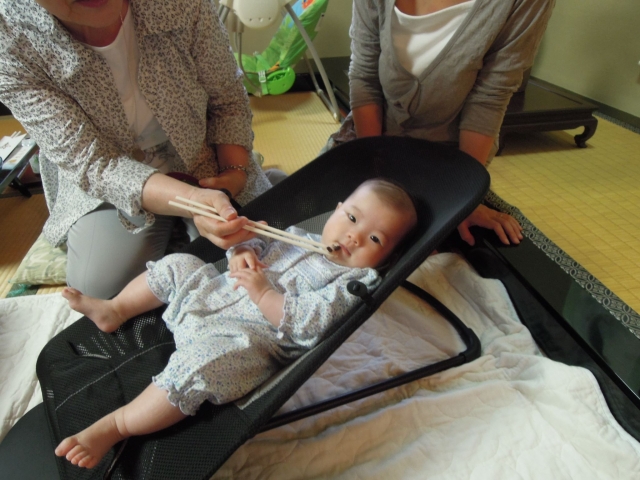
2. First Birthday Celebration
Reaching one year of age was once considered a major milestone due to historically high infant mortality rates. Even today, many families celebrate a child’s first birthday with a traditional custom called:
一升餅 (Isshō-mochi) – “1-Sho Rice Cake Ceremony”
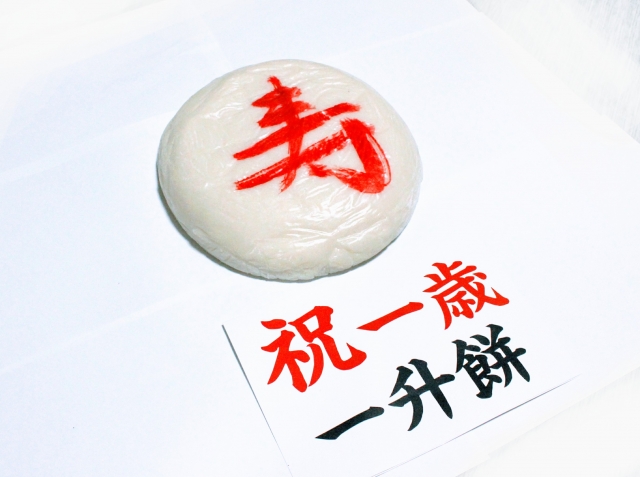
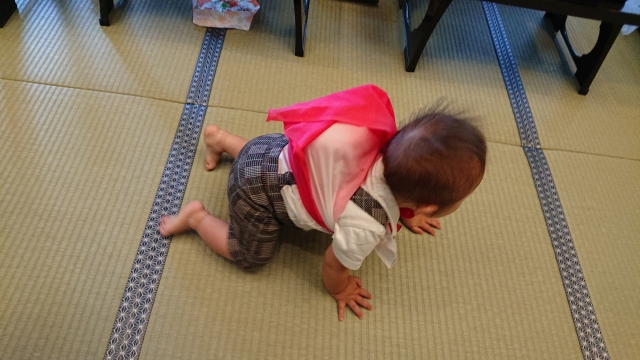
In this custom, a round rice cake weighing about 1.5 kg (1 shō) is prepared. The word “shō” sounds like “life” (生) in Japanese, symbolizing long and healthy living.
The baby is encouraged to carry the rice cake, often with the help of parents, while everyone wishes for the child to grow up strong and capable of handling life’s challenges. While the act may seem like a fun party trick, the sincere hopes behind it are heartfelt.
3. Shichi-Go-San (七五三) – Celebrating Ages 3, 5, and 7
Shichi-Go-San literally means “seven-five-three” and refers to a celebration for children reaching these milestone ages, based on the traditional kazoe-doshi (age-counting system), which includes the time in the womb.
- 3 years old – Boys and girls
- 5 years old – Boys
- 7 years old – Girls
On or around November 15th, families dress their children in colorful kimono and visit shrines or temple to offer prayers for their continued health and future happiness. It’s a heartwarming sight to see beautifully dressed children accompanied by their proud parents and grandparents.eir parents and grandparents, where they pray for children’s healthy growth and prosperous future.
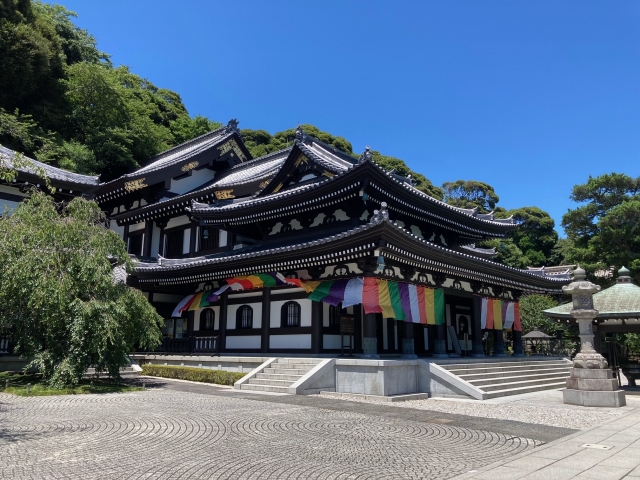
4. 十三参り (Jūsan-Mairi) – The Age of Wisdom (13 Years Old)
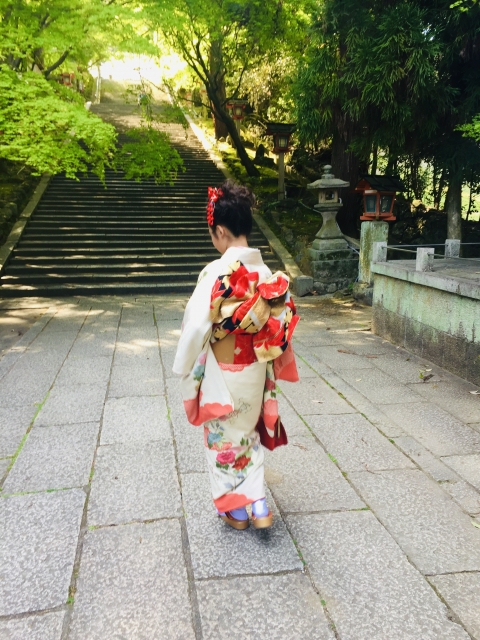
On or around March 13th of the lunar calendar, children who have turned 13 visit Buddhist temples, especially in the Kansai region. They offer prayers to Kokūzō Bosatsu (Akasagarbha Bodhisattva), the deity of wisdom, hoping for intelligence and strength as they step into adolescence.
Thirteen marks the completion of the 12-year zodiac cycle and symbolizes a new stage of life. While this custom was once limited to western Japan, it is gradually gaining popularity in other parts of the country, including Tokyo.
Summary
In Japanese culture, childhood is filled with ceremonial milestones—rituals of celebration, prayer, and gratitude. These rites of passage reflect a deep appreciation for life and a desire to protect and nurture the next generation.
Rooted in both Buddhism and Shintoism, these traditions are more than religious—they are cultural practices that unite families and communities in honoring growth and the future.


